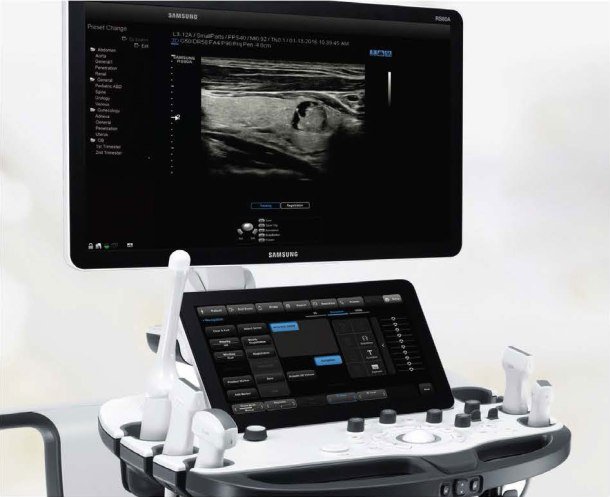Advanced Ultrasound & CT Scan

Advanced Ultrasound
Advanced 3D Ultrasound for Urological Disorders
Your doctor may ask for an Ultrasound examination of Kidney Ureter & Bladder region. This is a good screening tool for many Urinary tract problems ranging from Infection to stones and even Tumors.
Ureteric stones are not well visualized sometimes due to gas in Intestines.
You will be asked to drink some water to make urine bladder full for examination.
You do not need to be empty stomach for KUB Ultrasound.
Advanced CT Scan
Advanced CT Scan Facility for Urological Disorders
It is part of advanced evaluation based on initial findings of Ultrasound.
The doctor may ask for Plain or a Contrast CT scan depending upon indication.
It is a very good modality for the detection of stones in the urinary tract. apart from the measurement of exact location and size it also informs about the hardness of stone which is important for deciding treatment modality.
It also gives anatomical details to inform about the condition of kidney Ureter & bladder.
Contrast CT scan is needed in cases of suspected anatomical abnormality or the presence of infection or Tumor.
You will be asked to check for Kidney function before contrast scan as a normal Kidney function is a prerequisite before accepting a patient for Contrast imaging.


Cystoscopy/ Endoscopy
A Very effective tool to see what CT & Ultrasound can miss. We have Facility of Flexible cystoscopy with is painless and comfortable.
A cystoscopy is an examination of the internal surfaces of bladder and urethra.
A cystoscope is a long thin instrument with an eyepiece on one end and a lens and light on the other end. The doctor inserts the cystoscope into the patient’s urethra and the small lens magnifies the inner lining of the urethra and bladder, allowing the doctor to see inside the bladder.
A doctor may perform a cystoscopy to find the cause of many urinary conditions, including:
1- Frequent urinary tract infections
2- blood in the urine called haematuria
3- Frequent and the urgent need to urinate
4- Unusual cells found in a urine sample
5- painful urination/ chronic pelvic pain, or interstitial cystitis/bladder pain syndrome
6- The urinary blockage caused by prostatic enlargement or some other abnormal narrowing of the urinary tract
7- stone in the urinary tract
8- unusual growth such as a tumour in the urinary tract
People scheduled for a cystoscopy should ask their doctor about any special instructions.
Procedure
The doctor gently inserts the tip of the cystoscope into the urethra and slowly glides it up into the bladder. A sterile liquid flows through a channel in the scope to slowly fill the bladder and stretch it so the doctor has a better view of the bladder wall.
As the bladder is filled with liquid, patients can feel some discomfort or pressure and the urge to urinate if the procedure is performed under local anaesthesia. The doctor may then release some of the fluid, or the patient may empty the bladder as soon as the examination is over.
Possible risks of a cystoscopy include:
Infection,
Bleeding,
Burning and stinging with urination
